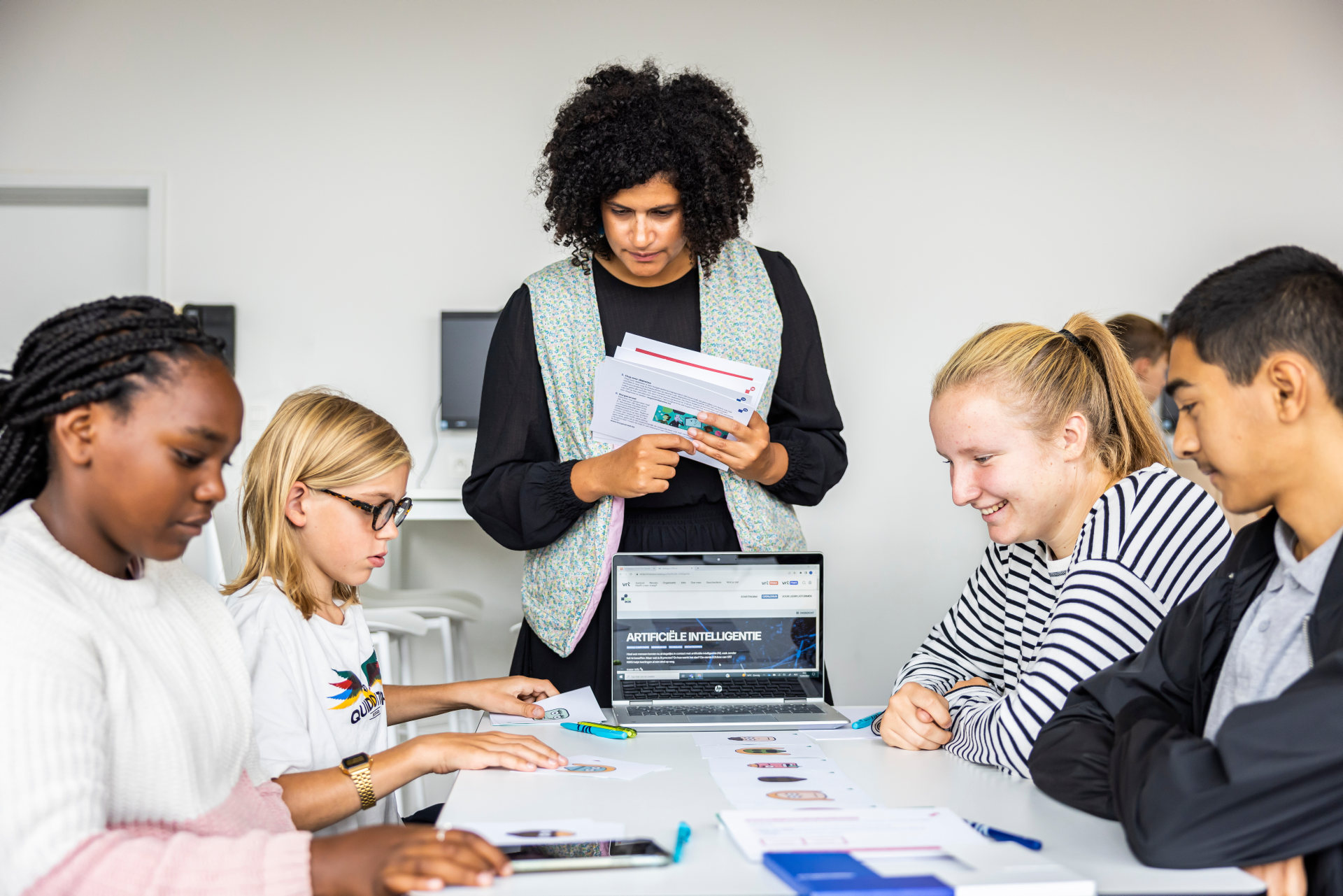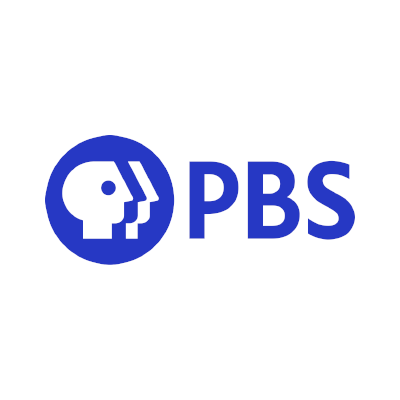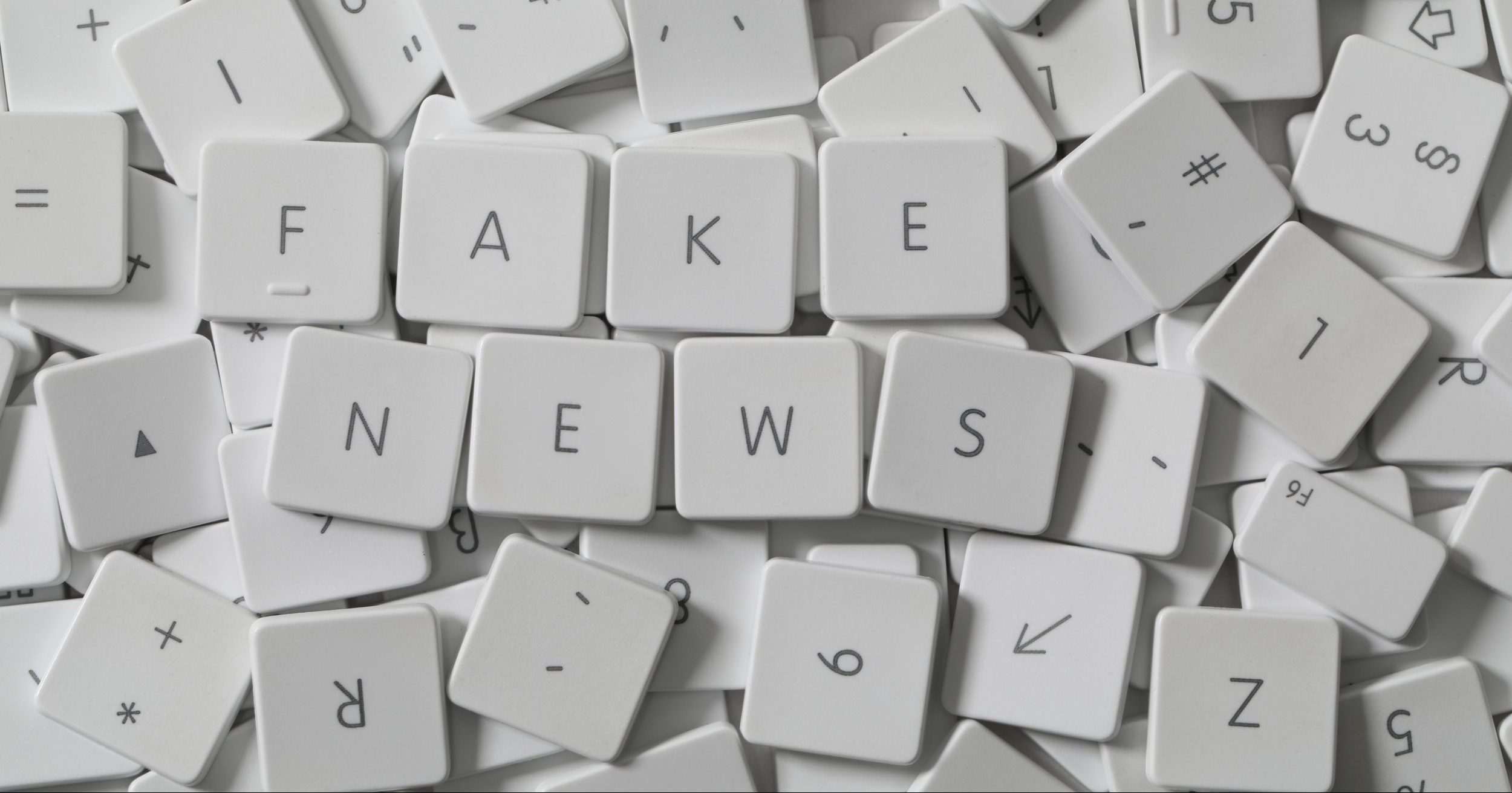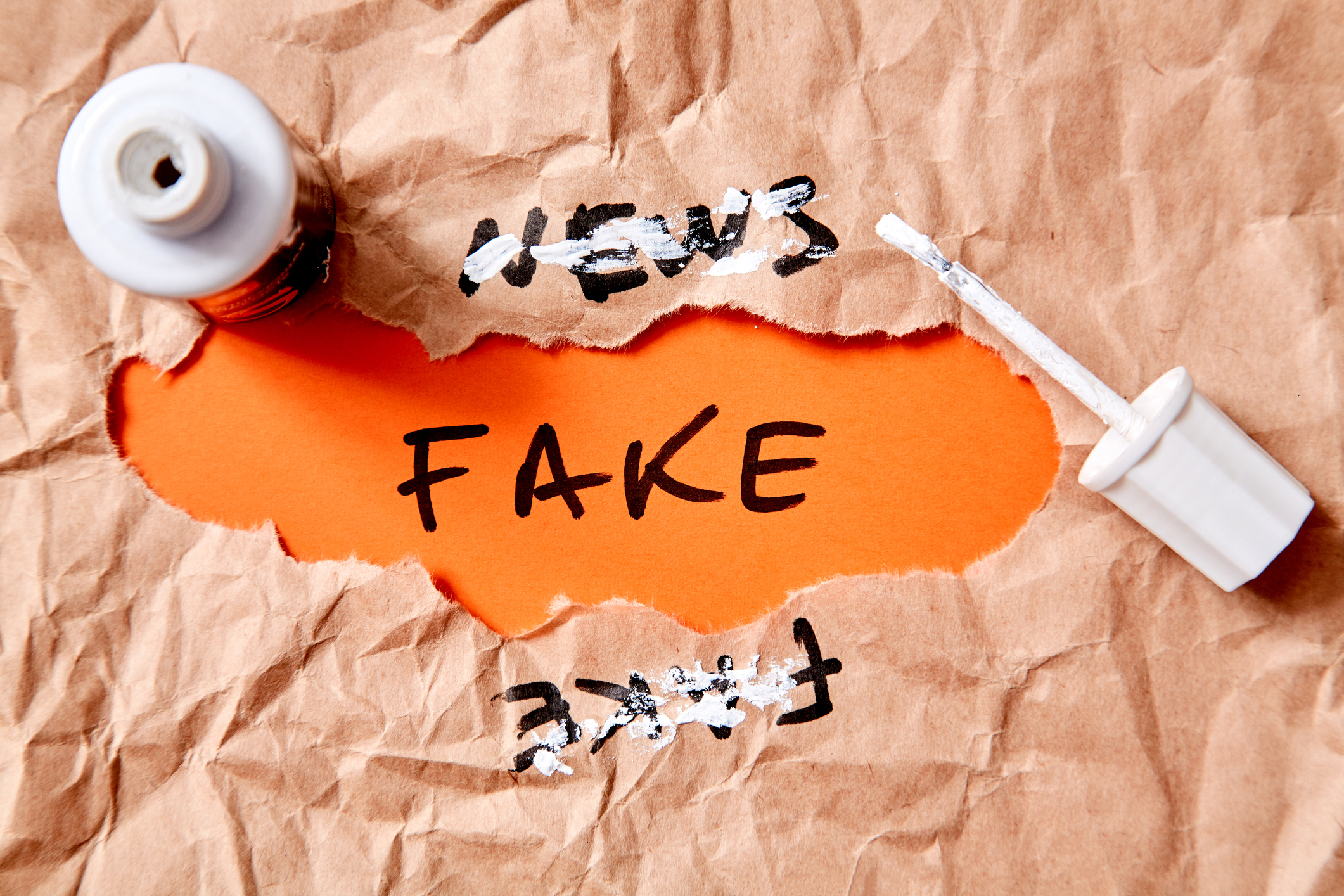DIGITAL LIBRARY OF MEDIA LITERACY RESOURCES
In the ever-evolving media and information landscape, being equipped with the necessary media literacy skills is essential for progress towards an informed and resilient society. Our mission is to empower Caribbean educators and journalists with the tools and knowledge they need to navigate this digital era confidently.
This toolkit was developed by the Public Media Alliance as part of a project funded by UNESCO International Programme for the Development of Communication and supported by the UNESCO Cluster Office for the Caribbean.


Find out more about the project
Introduction
This comprehensive collection of resources is designed to support and enhance media and information literacy (MIL) skills among educators and journalists, with a particular focus on news literacy and digital literacy.
With a diverse range of materials including video tips, guides, lesson plans, and interactive exercises, this library provides invaluable resources to sustain the project’s objectives beyond workshop sessions.
The library is also made up of expert videos specially produced for this project and geared at guiding educators and journalists through developing their own media literacy approaches.
Educators and journalists alike will find practical tools, strategies, and even inspiration to cultivate their MIL skills and those of their target audiences.
Featured Resources
Short on time? Explore our curated featured resources which serve as a starting point for those with limited time. These resources were explicitly approved by reputable organisations for inclusion and come highly recommended by the PMA team.
EXPERT INSIGHTS
This collection of videos has been made specially for the library by media literacy experts. Explore their tips on how educators and journalists can develop, implement, and evaluate media literacy initiatives.
In this video from DW Akademie, Roslyn Kratochvil Moore from the Digital Sphere Unit guides you through an engaging conversation on the power of interactive methods for media literacy training. She is joined by experts Joost van de Port and Lizette Ferris, and together they unveil top techniques to boost engagement and learning, ranging from role-playing and case studies to gamified approaches.
Kate Morris, a Policy Manager from communications regulator Ofcom, discusses their role in promoting media literacy in the UK. In this video, she introduces Ofcom’s Evaluation Toolkit, which helps measure the impact of media literacy programmes. The toolkit covers preparation, data collection, and learning from evaluations. Ms. Morris emphasises the importance of integrating evaluation from the start to improve and understand project outcomes.
In this video from PBS LearningMedia, Lori Brittain, Vice President of LearningMedia, and Meg Roosevelt, Director of Content Development, delve into the evolving landscape of digital media consumption among young people. Joined by classroom educators, they explore strategies for teaching media literacy, emphasising the ability to access, analyse, evaluate, create, and act using various forms of communication.
In this video, Steven Youngblood, Director of the Center for Global Peace Journalism, explains what media literacy is and why it’s crucial for journalists. He covers the importance of critical media analysis, spotting biases, and understanding media messaging techniques. With real-world examples, Youngblood shows how journalists can educate audiences and combat misinformation.
In this video, Roslyn Kratochvil Moore from DW Akademie’s Digital Sphere Unit explores the power of partnerships in media literacy. She is joined by experts Lizette Ferris and Patricia Noboa Armendáriz, who share their experiences in building effective collaborations with journalists, educators, media organisations, and civil society.
REPOSITORY OF GLOBAL MEDIA LITERACY RESOURCES
Explore our comprehensive collection of global media literacy resources designed to equip individuals with the tools to navigate the complex landscape of media. We will continue to update these resources.
Join ABC Education for an insightful exploration into media literacy education with Michelle Ciulla Lipkin, Executive Director of NAMLE. In this video, Lipkin delves into the significance of addressing deception and ‘fake’ news within media literacy discussions, offering valuable perspectives on navigating today’s complex media landscape.
This handbook from UNESCO offers essential principles of media and information literacy and is tailored for journalists and journalism educators. Offering valuable insights into the role of MIL in journalism, this resource equips readers with the knowledge and skills needed to navigate the complex media landscape responsibly, fostering critical thinking and ethical journalism practices.
In this radio-based MOOC from UNESCO, users can explore 20 thematic modules designed to foster Media and Information Literacy (MIL) competencies. Aligned with the latest UNESCO MIL Curriculum for Teachers, this resource empowers practitioners and learners to navigate today’s media landscape with critical insight, addressing pressing issues like artificial intelligence and misinformation.
The ‘Practical Guide to Prebunking Misinformation’ is a collaborative effort between the University of Cambridge, Jigsaw (Google), and BBC Media Action. This resource empowers practitioners with actionable strategies to deploy effective prebunking interventions, bolstering resilience against misleading information.
The Media Literacy Booster Pack by NewseumED is a resource for navigating the complexities of today’s media environment. Packed with tools to address key challenges like bias recognition and media contribution, this collection empowers users to stay informed and engaged. Accessible through a free NewseumED account, registration unlocks a treasure trove of videos, artifacts, and more.
These essential insights provided by Get Safe Online clarify the distinction between misinformation and fake news in the vast online landscape. While the internet offers a wealth of valuable information, it’s crucial to discern between genuine content and misleading or deliberately fabricated material.
Header image: African Director child is using camera. Credit: iismailsahin / Shutterstock.com
Introduction image: The EDUBox combines illustration, text, video and applications with class reflection and group work and comes with a teacher’s manual that offers additional guidance. Credit: VRT
- Home
- Projects & Resources
- Tools
- Media literacy digital library for educators and journalists



























